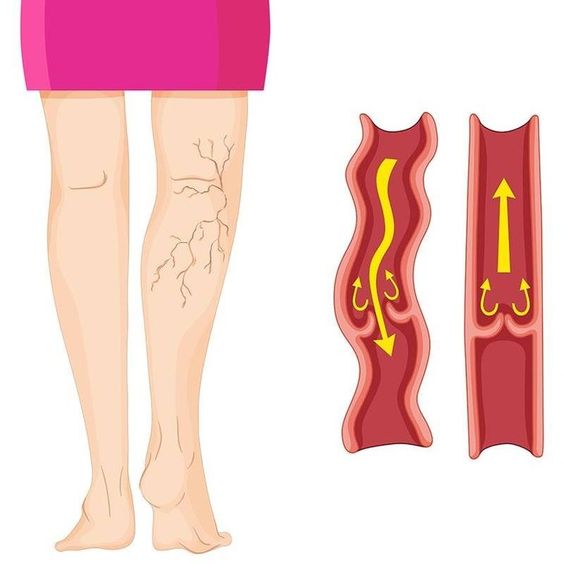Introduction
Varicose veins are a common condition that affects millions of people worldwide. They appear as twisted, enlarged veins that are often blue or purple. While they are usually not a serious health threat, they can cause discomfort, pain, and cosmetic concerns.

If you're looking for ways to remove varicose veins, you have several options. This article will explore the various treatment options available, helping you understand the procedures, their effectiveness, and potential risks and benefits.
Varicose Vein Removal Options
1. Sclerotherapy
Sclerotherapy is a minimally invasive procedure that involves injecting a solution directly into the affected veins. This solution irritates the lining of the vein, causing it to collapse and eventually fade away.
2. Endovenous Laser Therapy (EVLT)
EVLT is another minimally invasive procedure that uses laser energy to heat and close off varicose veins. A small catheter is inserted into the vein, and laser energy is delivered through it, causing the vein to collapse and seal shut.
3. Radiofrequency Ablation (RFA)
Similar to EVLT, RFA uses radiofrequency energy to heat and close off the affected veins. A catheter is inserted into the vein, and radiofrequency energy is delivered through it, causing the vein to collapse and fade away.
4. Surgical Removal (Vein Stripping)
Vein stripping is a surgical procedure that involves making small incisions in the skin to remove the affected veins. This procedure is typically reserved for larger varicose veins or when other treatment options have been unsuccessful.





